CCTV stands for closed-circuit television. Germans first developed and used CCTV technology to monitor V2 rocket launches. Later, the Americans followed and used it to monitor the testing of the atomic bomb.
The broadcasts from CCTVs are transmitted to a limited number of monitors, as opposed to regular television broadcasts, which are open to the public. A CCTV system helps amp up security by giving real-time footage to monitors.
But what is a CCTV camera? Here’s everything you need to know.
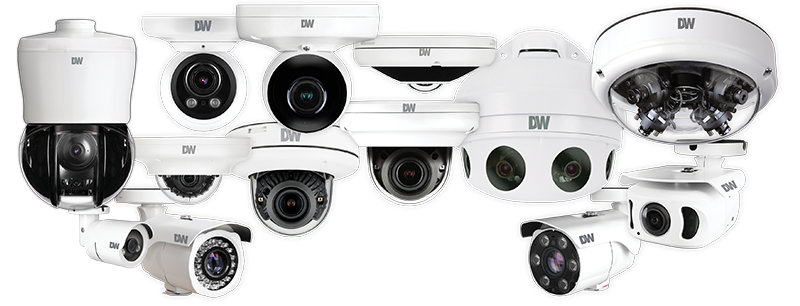
How Does CCTV Work?
CCTV systems use security cameras to capture video footage of a facility in a continuous recording. The explicit footage is sent to a recording device (a DVR or NVR) and stored for future reference.
The footage is then sent from the cameras to a dedicated monitor or even a smartphone or computer, which displays it clearly in real time.
CCTV security camera systems are connected with a coaxial cable, network cable, or wireless signal, depending on the system type.
CCTV cameras are typically placed at business entrances around the perimeter and strategically inside the building. They monitor and record everyone who comes near to guard merchandise, data, and the safety of employees and visitors.
CCTV surveillance cameras work to prevent crime around the clock, letting property managers and security staff instantly see and respond to security breaches in all areas of a property. Anyone who commits a crime on the property is taped, providing hassle-free identification and legal evidence.
Its Components:
Cameras:
Bullet Cameras
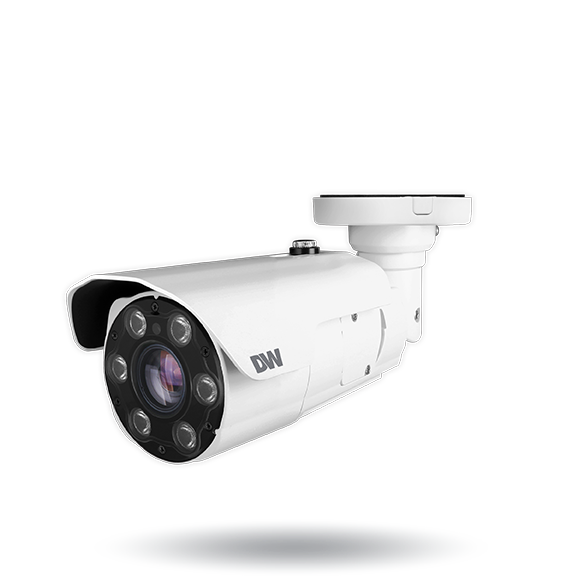
Dome Cameras
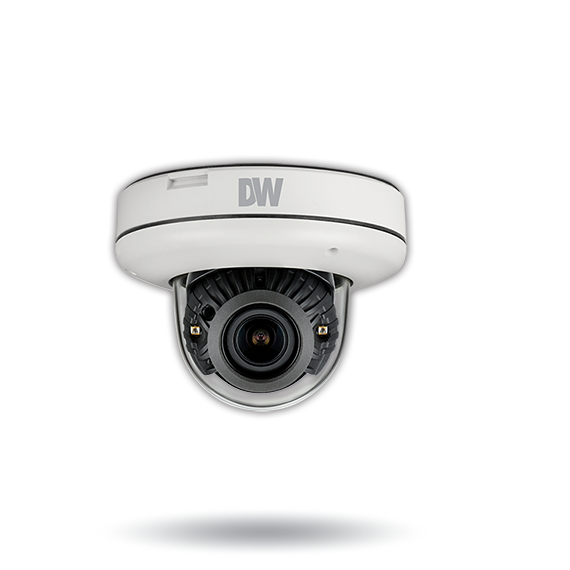
PTZ Cameras
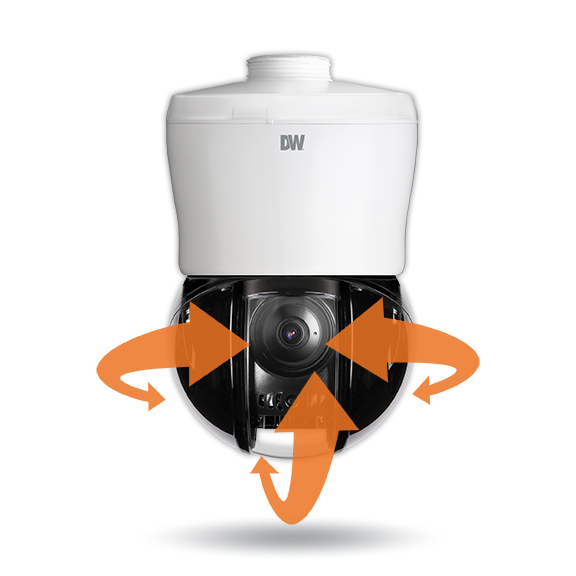
NVR vs DVR:
An onsite recording device stores footage captured by the best security cameras in a CCTV security camera system. This is a DVR (Digital Video Recorder) in analog CCTV systems — IP security camera systems use an NVR (Network Video Recorder).
In analog security camera systems, a DVR recorder converts all video footage to digital format, compresses the file, and stores it on a CCTV hard drive. The DVR can be hooked to a monitor to show video footage or connected to a router and wi-fi modem to broadcast the footage using an internal network.
NVR CCTV business security systems connect to IP cameras and use software to automatically record video in digital format. This allows NVRs to transmit data over a computer network instantly.
When using a home security camera, NVRs are recommended to view security footage remotely in real-time on a smartphone or web browser. NVRs are typically newer and more advanced security camera systems that offer higher video quality and more flexible features.
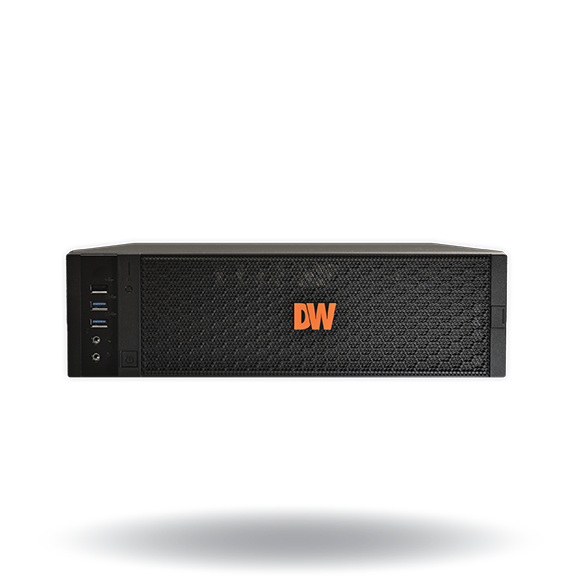
Purpose of CCTV:
Crime Management
CCTV cameras can help deter crimes and enable law enforcement to identify and deter criminals. Businesses can use CCTV security cameras to monitor on-site and in-house activities. Employees can be monitored and held accountable in the event of any mishaps.
Disaster Management
CCTV security cameras can help prevent disasters by identifying problem areas beforehand. Emergency services can effectively track and monitor disaster-stricken areas. Video surveillance can help teams reach potentially dangerous places.
Neighborhood Monitoring
Neighborhoods and communities can install CCTV cameras to monitor traffic conditions, identify suspicious events or people, and gather data about the community.
Quality Control
Businesses and corporations can use CCTV cameras for quality control and assurance. Production and consumption can be monitored through video surveillance. Employees’ performance can also be assessed and evaluated through a camera and other security systems.
Medical Diagnosis
CCTV cameras can utilize special software to assess and detect facial muscles, helping doctors make accurate diagnoses.
Retail Intelligence
Retailers and distributors use surveillance cameras to identify buying trends and enhance marketing strategies. Retailers can pinpoint which products are in high demand and which aisles have the highest footfall.
Call us today to discuss your needs.


